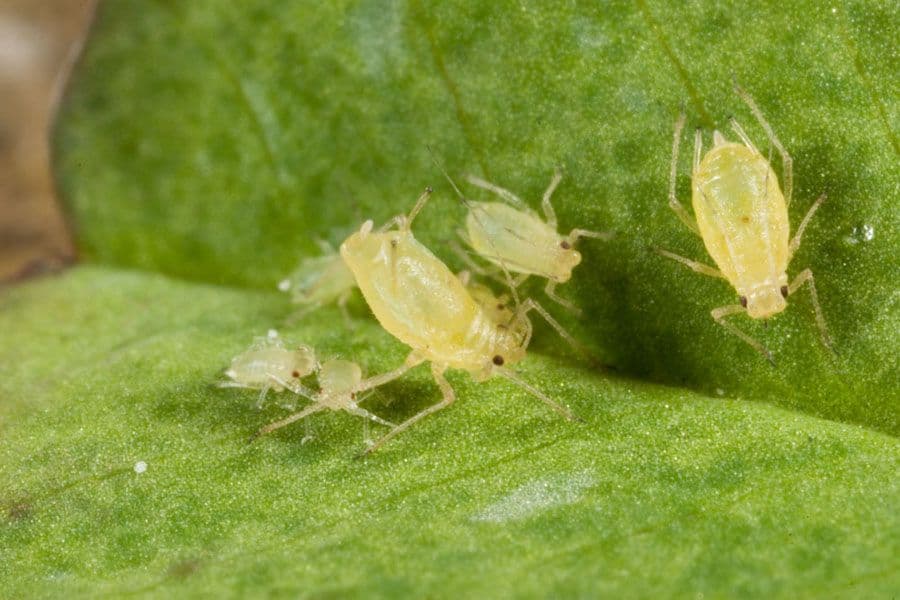AgPest was developed through a collaboration between the Pest & Environmental Adaptation Research Group at the University of Melbourne and Cesar Australia. The program is a co-investment by the Grains Research and Development Corporation (GRDC) and the University of Melbourne, together with in-kind contributions from all program partners
DISCLAIMER: Any recommendations, suggestions or opinions contained in this website do not necessarily represent the policy or views of the Pest & Environmental Adaptation Research Group at the University of Melbourne and Cesar Australia. No person should act on the basis of the contents of this website without first obtaining specific, independent, professional advice. The Corporation and contributors to this website may identify products by proprietary or trade names to help readers identify particular types of products. We do not endorse or recommend the products of any manufacturer referred to. Other products may perform as well as or better than those specifically referred to. The Pest & Environmental Adaptation Research Group at the University of Melbourne and Cesar Australia will not be liable for any loss, damage, cost or expense incurred or arising by reason of any person using or relying on the information in this website.
Site designed and maintained by James Maino

